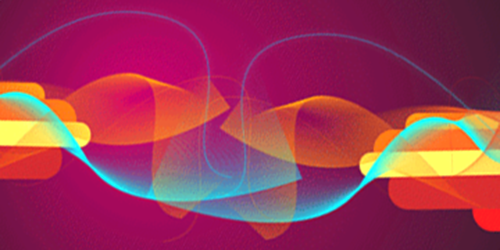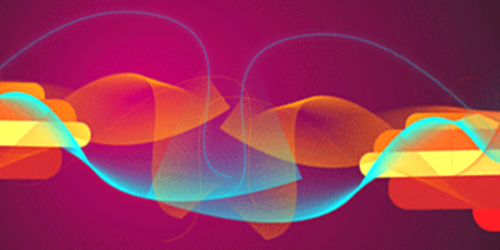Putting Quantum Systems to Work
Engines in cars and airplanes are thermal machines that are capable of doing work. Scientists have recently demonstrated the existence of so-called quantum thermal machines, tiny versions of engines and refrigerators consisting of only a few quantum-mechanical units. When calculating how much work such microscopic systems can accomplish, quantum effects such as coherence and entanglement must be taken into account. Now, researchers have shown that systems in which quantum effects are pronounced can store more energy than systems that are purely classical.
Antonio Acín at the Institute of Photonic Sciences, Spain, and co-workers studied how isolated ensembles of quantum particles could optimally store usable energy. The researchers imagined a set of correlated particles at the same temperature. These particles are useless individually—one cannot, for example, run a thermal machine without a temperature gradient—but correlations among them can be exploited for extracting work. Acín and his colleagues theoretically demonstrated that entangled states can store more energy than nonentangled states. However, this advantage vanishes as the number of particles increases. For example, small ensembles of entangled particles ( ) stored 100% more energy than purely classical particles; for the quantum advantage reduced to only 2%. This finding supports the hypothesis that thermodynamics on a macroscopic scale is insensitive to the underlying microscopic mechanics. The team now plans to study how different kinds of entanglement affect energy storage.
This research is published in Physical Review X.
–Katherine Kornei





